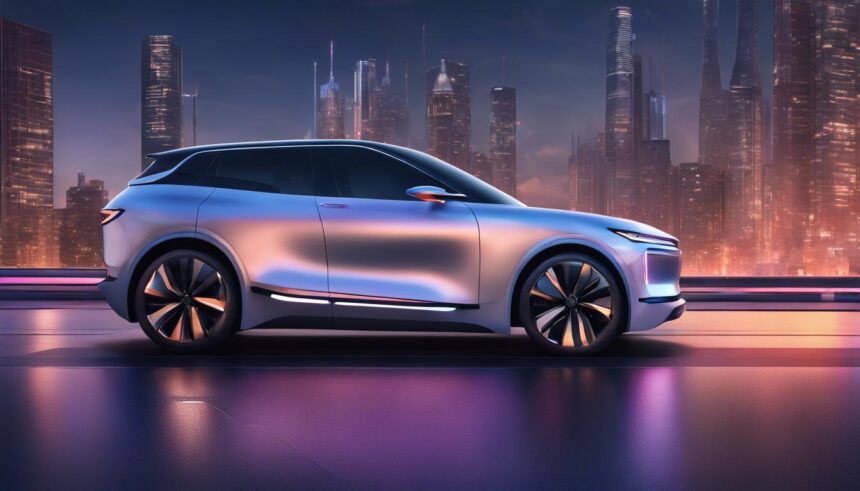Xiaomi Group, a powerhouse in electronics, makes a grand entry into the automobile sector, marking a significant shift with over 50,000 cars pre-ordered shortly after announcement. This strategic move reflects the brand’s evolution and vision for an integrated technological future.
The automobile industry, ever-vibrant and continuously evolving, has recently witnessed a significant new entrant – Xiaomi Group, renowned for its electronics and smart devices. The launch of Xiaomi cars on March 28, 2024, marks the tech giant’s bold stride into the automobile sector, a move that encapsulates the vision and ambition of Xiaomi beyond its traditional product suite. Following the announcement of their selling price, the cars received an overwhelming response, with over 50,000 sets pre-ordered within half an hour of listing, hinting at a promising market performance ahead.
But what fuels Xiaomi’s confidence in venturing into the highly competitive automobile world? This question has piqued the interest of industry analysts and consumers alike. The group’s successful track record, buoyed by strategic pivots and innovation, seems to underscore its bold decision. A closer examination reveals this confidence is three-pronged: a stable main business boasting improved quality and efficiency, breakthroughs in high-end strategies attracting potential user groups, and an intelligent ecosystem integrating life experiences that have become essential for users.
Xiaomi’s journey from its inception in 2010 illustrates a company unafraid to evolve. Once celebrated for providing affordable, high-quality mobile phones, Xiaomi’s recent foray into high-end markets signifies a shift in strategy. The adjustments, particularly in 2023, have been noteworthy: increased operational efficiency, the implementation of a “scale and profit” strategy, and significant investments in R&D, particularly in its automobile venture, where more than RMB 10 billion have been allocated.
These strategic moves come at a crucial juncture for Xiaomi. Its main business, albeit performing robustly in terms of revenue and profit margins, faced challenges, notably from the macro-environment changes, fierce competition in the smartphone market, and the ongoing impacts of COVID-19. However, the group’s resilience is evident in its financial robustness and strategic pivots towards efficiency and high-end market penetration.
Another facet of Xiaomi’s confidence is the brand’s evolving perception. Historically perceived as offering “cost-effective” technology products, Xiaomi has been gradually shedding this image, particularly with the launch of its high-end smartphones developed in collaboration with Leica. These efforts not only enhance Xiaomi’s brand image but also cater to a burgeoning demographic of young, affluent consumers eager for premium products and experiences.
The intelligent ecosystem Xiaomi has woven — encompassing its IoT (Internet of Things) platforms, consumer goods, and now automobiles — presents a compelling proposition. Integrating life experiences with technology, especially with innovations that connect automobiles to home ecosystems, Xiaomi cars embody a future where mobility solutions extend beyond transportation to become an integral part of a connected lifestyle.
Looking ahead, Xiaomi’s challenge will be to sustain and build on this momentum. The company’s capacity to innovate, coupled with its dedication to research and development, places it in a strong position. Yet, the road ahead will require Xiaomi to navigate market perceptions while appealing to a demographic that values not just the functionality but the prestige associated with high-end brands.
In conclusion, Xiaomi’s entry into the automotive sector is not merely an expansion but a reflection of a strategic evolution from a company that once revolutionized the smartphone market in China. As Xiaomi cars roll out, the tech giant’s journey from mobile phones to mobility underscores a broader ambition: to redefine technology’s role in enhancing life, one intelligent solution at a time. Xiaomi’s multi-faceted confidence suggests a future where technology not only connects but also transports us towards newer horizons.





